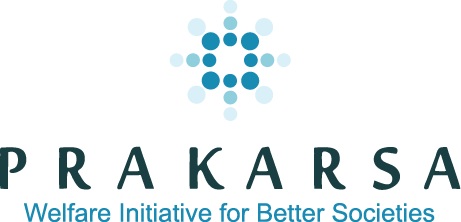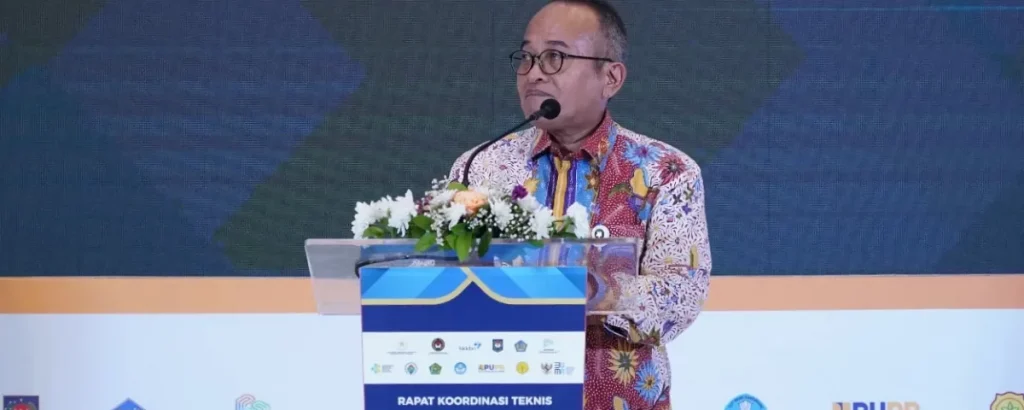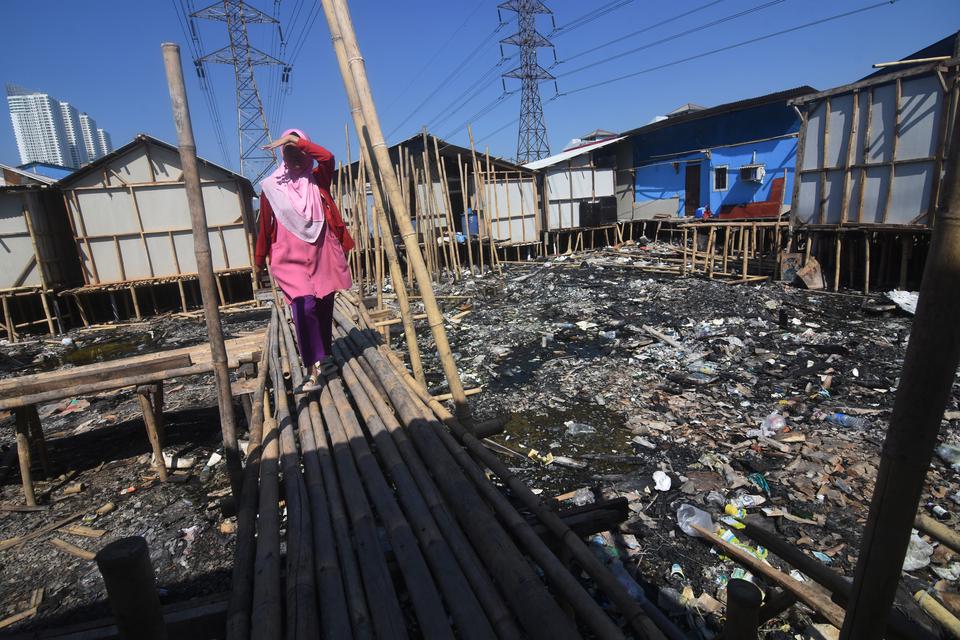The 2018 multidimensional poverty rate is smaller than the Central Statistics Agency survey, this is related to the indicators used.
tirto.id – Association Prakarsa noted that in 2018 Indonesia's multidimensional poverty rate in the eastern region was higher than Java Island. This is known from the cumulative calculation of multidimensional poverty indicators (IKM) in 2018. Researcher Prakarsa found that regions such as Papua, East Nusa Tenggara (NTT), and West Papua are still experiencing quite severe poverty. In detail, the multidimensional poverty rate for Papua Province in 2018 (60,56 percent) was lower than in 2015 (67,10 percent).
Then, NTT in 2015 (49,35 percent) became 35,64 percent in 2018. Then, West Papua in 2015 (41,96 percent), so 32,66 percent in 2018. Other regions such as Java, Sumatra, Sulawesi , and Kalimantan, the average multidimensional poverty rate is 7-18 percent. "The distribution of multidimensional poverty in cities in the eastern region shows that cities in the provinces of Papua, Maluku and NTT are still in a bad state. In Eastern Indonesia, Papua and Maluku, not much has changed," said the researcher Prakarsa, Rahmanda M. Thariq, in the discussion 'Ahead of the Final Debate of the 2019 Presidential Election', at Madame Delima, Jakarta, Thursday (11/4). Nationally, multidimensional poverty in Indonesia is 8,2 percent. This is lower than the BPS version of the poverty rate of 9,82 percent in 2018. "In 2018, the multidimensional poverty rate was 8,2 percent. When compared to monetary poverty, this figure is lower," said Dwi Rahayu Ningrum. The difference in the results of this survey, he said, was because the SMEs used in the study Prakarsa using 8 indicators that are considered to reflect one's living conditions. This indicator consists of sanitation, proper drinking water, nutritional intake for toddlers, participation in pre-school education, school sustainability, sources of lighting, cooking fuel, and living conditions. In addition, he continued, the calculation method is different from monetary poverty which is usually calculated based on the consumption ability or basic needs of the community. This is because, said Dwi, the method commonly used by BPS views the poor as those who only have an average expenditure below the poverty line (GK). "There has been an increase in the improvement of the condition of the basic needs of the poor," added Dwi. In addition, Association Prakarsa noted that during 2015-2018, poverty as measured using IKM did not experience much improvement.
Sumber: Tirto.id



